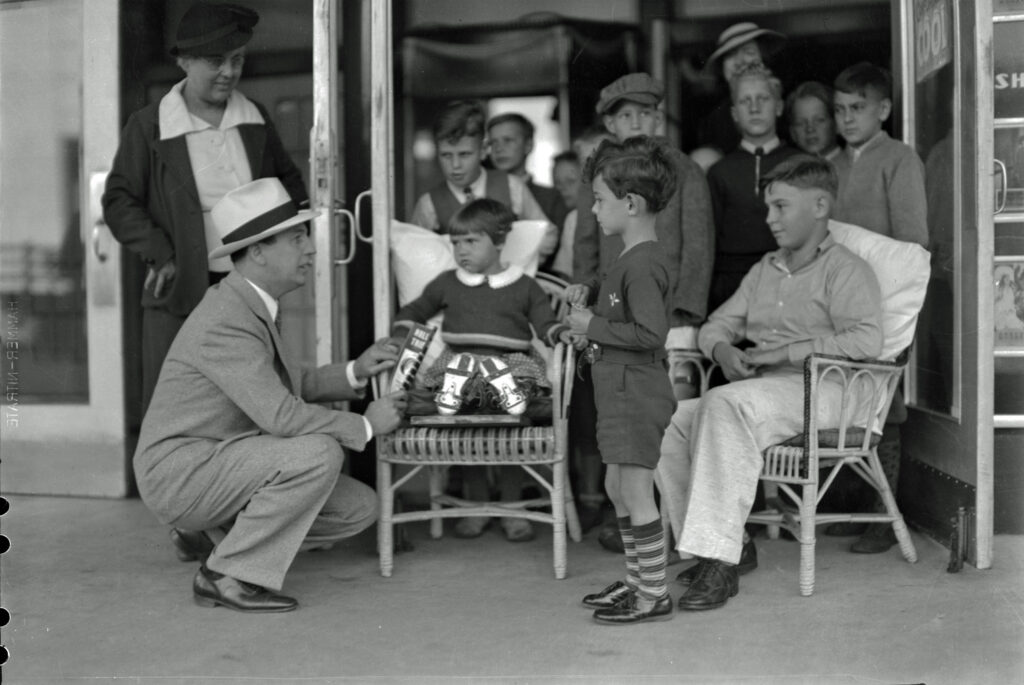Throughout the late 19th and early 20th centuries, societally constructed fear, ultimately stemming from deep-rooted societal values and fears, heavily influenced how children experienced childhood and the American world as a whole. However, this was not always the case, as a shift from fears of a more physical sense towards fears of a more socially constructed sense occurred throughout the period between the late 1800s and the mid 1900s. At the beginning of the period, social ideals of children as workers for economic benefit were widely accepted, and thus corporal punishment as discipline was relatively common and not often questioned. In addition, as seen throughout the period, a tangible fear of infectious disease was highly influential in the late 1800s and early 1900s, though, with the increasing availability and innovation of vaccines and other medical technology, child mortality from disease was a lesser concern toward the later 20th century.
Also towards the end of the period, children experienced fear primarily as society willed them to. This happened, of course, with the ultimate goal of having children shaped and molded to fit into societal ideals which were seen by American adults as being able to sustain a strong, patriotic country in the future. Though there is limited information available on racial differences in this socially constructed fear centered primarily around ideals for children, from what information there is available, it is clear that these children were also often subject to the same fears as white children, for whom the ideal was more accessible. However, children of color also faced fear of violence and general oppression at the hands of the structurally-ingrained, powerful majority group, meaning that their families also carried greater fear for their children’s well-being and safety. These societally motivated fears were often reflective of society’s own fears and standards of ideal conformity. As such, the ideals reinforced by socially constructed fear were very often tailored specifically to only accommodate a group of people who were, according to society, inherently ideal.

Concerning future research on the topic, it would be interesting to find more information about the how children of minority and marginalized groups experienced fears, and whether these people experienced the same or different fears as children of the majority group. It would be interesting, as well, to see if and how the socially-constructed childhood fears experienced by a certain generation affected how those people raised their own children. Furthering this topic by examining how the societally constructed fears experienced by children today compare to those experienced by children 100 years ago would also be intriguing. Knowing this would help root out and confront the inequalities that exist in society’s systems and ideals, which would be important for creating a future in which all children, regardless of race, gender, class, or any other distinction, would be able to experience childhoods that would be beneficial to them.
All things considered, fear motivated by society and its ideals as well as how it was experienced by children as well as parents was very prevalent and influential in the late 19th century and early 20th century. Ultimately, these fears, while they may seem isolated to childhood and children, affected a great deal of how geographies of childhood, society, and culture were shaped throughout the period, as well as how they were set up to carry on through the future.